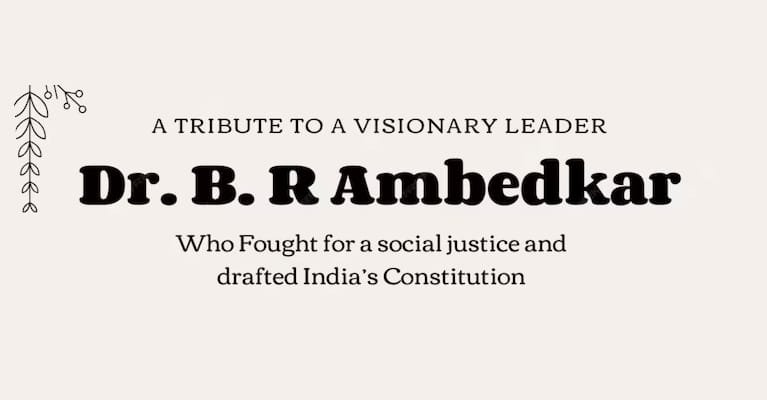One-fourth of children in the age group of 14 to 18 years studying in government schools cannot read a class 2 book. More than half of the children are unable to solve class 3-4 problems. This problem is more serious because about 55% of the children study in government schools only. There is a problem of quality of education in schools because bright students do not want to become teachers.

After independence, many commissions were formed to improve the education system of India, national education policies were made, many reports were prepared, but questions are still being raised on the education of the country. Despite so many commissions and reports, one-fourth of the children in the age group of 14 to 18 studying in government schools cannot read a class two book, more than half of the children are unable to solve class 3-4 problems. This problem is more serious because about 55% of the children study in government schools only. There is a problem of quality of education in schools because bright students do not want to become teachers. To make education available to all children, the ‘Right to Education’ law was also made. However, due to lack of resources and lack of supervision, this right remained limited to paper only.
It is not that everything is dark. In the year 2000, 86% of children went to primary school and only 47% survived by the time they reached Class 5. Now enrollment at primary (1-5) and upper primary (6-8) level has reached close to 100 percent. But enrollment starts decreasing as we move to higher classes. Enrollment at the secondary level is 79.5 and at the higher secondary level is 57.5. The transition rate from secondary to higher secondary is also lower than that from primary to secondary classes. However, the dropout rate has improved and has come down to only 12.6% at the secondary level.
Experts say that first of all we have to strengthen the foundational stage. About 80-90% of the human brain develops by the age of six. Therefore, we have to pay attention to the children at the pre-primary level so that the path of their learning can be smooth. For this, examples of countries like Japan and Vietnam are given. Another important suggestion of his is to improve the quality of education in such a way that children till class three can do normal studies and start solving basic mathematics. The good thing is that these things have been emphasized in the National Education Policy 2020, and its positive results are also visible.
school education after independence
The Central Advisory Board of Education suggested in 1948 that a commission should be constituted to reconsider secondary education, because its students had only two options. Either they pursue higher education or look for a job. He does not have the ability to do anything as per his interest.
Then the government appointed the Vice-Chancellor of Madras University, Dr. A. l. Secondary Education Commission was formed on 23 September 1952 under the chairmanship of Swami Mudaliar. It is also called Mudaliar Commission. The main objective of the Commission was to make such suggestions which would be helpful in improving the objectives of secondary education, system of instruction, organization, relationship between primary and university education and the structure of secondary education useful for the entire country. The commission submitted its report to the government on 29 August 1953. Describing secondary education as dull and narrow, it said that it does not focus on character building, nor does it fully develop the personality of the students.
Due to the recommendations of the Secondary Education Commission not being fully implemented, many shortcomings remained in the education sector. To overcome them, the government appointed the then Chairman of the University Grants Commission (UGC), Prof. A commission was formed under the chairmanship of Daulat Singh Kothari. Its objective was to study the problems and suggest measures to improve the education system. The Commission stressed that education should be given top priority in any national development plan. Education should be made an instrument of those social, economic and cultural changes which are necessary to achieve national goals.
The commission had a total of 12 task forces including school education, higher education, technical education, agricultural education. Apart from these, seven working groups were also formed on subjects like women’s education, elementary education, school curriculum. The Commission was appointed on 29 June 1966 by the then Education Minister M.C. Handed over to Chagla. It gave a total of 23 recommendations for improving the Indian education system.
Note: Get More Information








